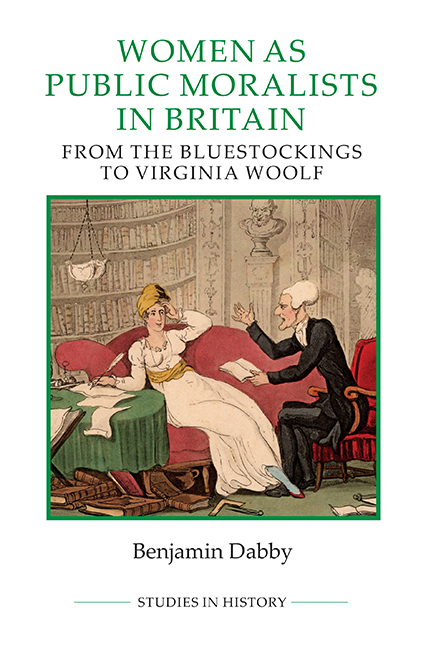Book contents
- Frontmatter
- Dedication
- Contents
- List of illustrations
- Acknowledgements
- Abbreviations
- Introduction
- PART I HISTORY AND THE PRESENT
- 1 Anna Jameson and the use of picturesque history
- 2 Hannah Lawrance and the claims of women's history
- 3 Margaret Oliphant and the lessons of eighteenth-century history
- PART II LITERATURE, ART AND LIFE
- PART III CHANGE AND CONTINUITY FROM THE FIN-DESIÈCLE TO MODERNITY
- The contexts of conclusions
- Bibliography
- Index
1 - Anna Jameson and the use of picturesque history
from PART I - HISTORY AND THE PRESENT
Published online by Cambridge University Press: 25 October 2017
- Frontmatter
- Dedication
- Contents
- List of illustrations
- Acknowledgements
- Abbreviations
- Introduction
- PART I HISTORY AND THE PRESENT
- 1 Anna Jameson and the use of picturesque history
- 2 Hannah Lawrance and the claims of women's history
- 3 Margaret Oliphant and the lessons of eighteenth-century history
- PART II LITERATURE, ART AND LIFE
- PART III CHANGE AND CONTINUITY FROM THE FIN-DESIÈCLE TO MODERNITY
- The contexts of conclusions
- Bibliography
- Index
Summary
In the opening decades of the nineteenth century, the task before Anna Jameson (1794–1860) and other female historians was to show that women's history was not just a record of oppression. The most famous bluestocking historians, Catharine Macaulay and Mary Wollstonecraft, had been largely uninterested in women's historical experience. They had assumed that the historical figure of woman had ‘always been either a slave or a despot’, and focussed their efforts on arguing for republican political principles in a rational and unsentimental register. Their choice of rational language, so often perceived as masculine, was ‘a crucial strategy for validating their intellectual authority’ as women. Their later nineteenth-century successors saw more potential in women's history to criticise male authority and public conduct, and to promote a wider scope of public involvement for contemporary women. Consequently the historian Lucy Aikin (1781–1864) retold the biblical story of Eden in her Epistles on women (1810), depicting ‘Adam as a slobbering baboon, a “moping idiot” with “sullen lips” and vacant stare, whose Neanderthal stupidity is rectified by Eve's civilizing influence’. In this effort she was not alone. Aikin and other women of letters, such as Elizabeth Ogilvy Benger, Mary Hays, Caroline Halsted or Katherine Thomson, each tried to give women a more active role in history by sentimentalising the lives of historical women in order to earn their readers’ sympathetic involvement.
The problem with their approach, from Anna Jameson's point of view, was that women's history still looked like a record of passive victims. It was not hard to mock masculinity but it still stood for strength and power whilst femininity appeared to be defined by weakness. Some redefinition had been attempted. Benger claimed in her history of Mary, queen of Scots, that rational education and the pursuit of knowledge, conventionally only given and credited to men, should also be part of what made the feminine woman. But the social construction of femininity continued to signify weakness and emotionalism. In her Memoirs of celebrated female sovereigns (1831), Jameson sought to redefine femininity positively, in terms of its objective moral insight, which she termed ‘disinterestedness’.
- Type
- Chapter
- Information
- Women as Public Moralists in BritainFrom the Bluestockings to Virginia Woolf, pp. 19 - 44Publisher: Boydell & BrewerPrint publication year: 2017



